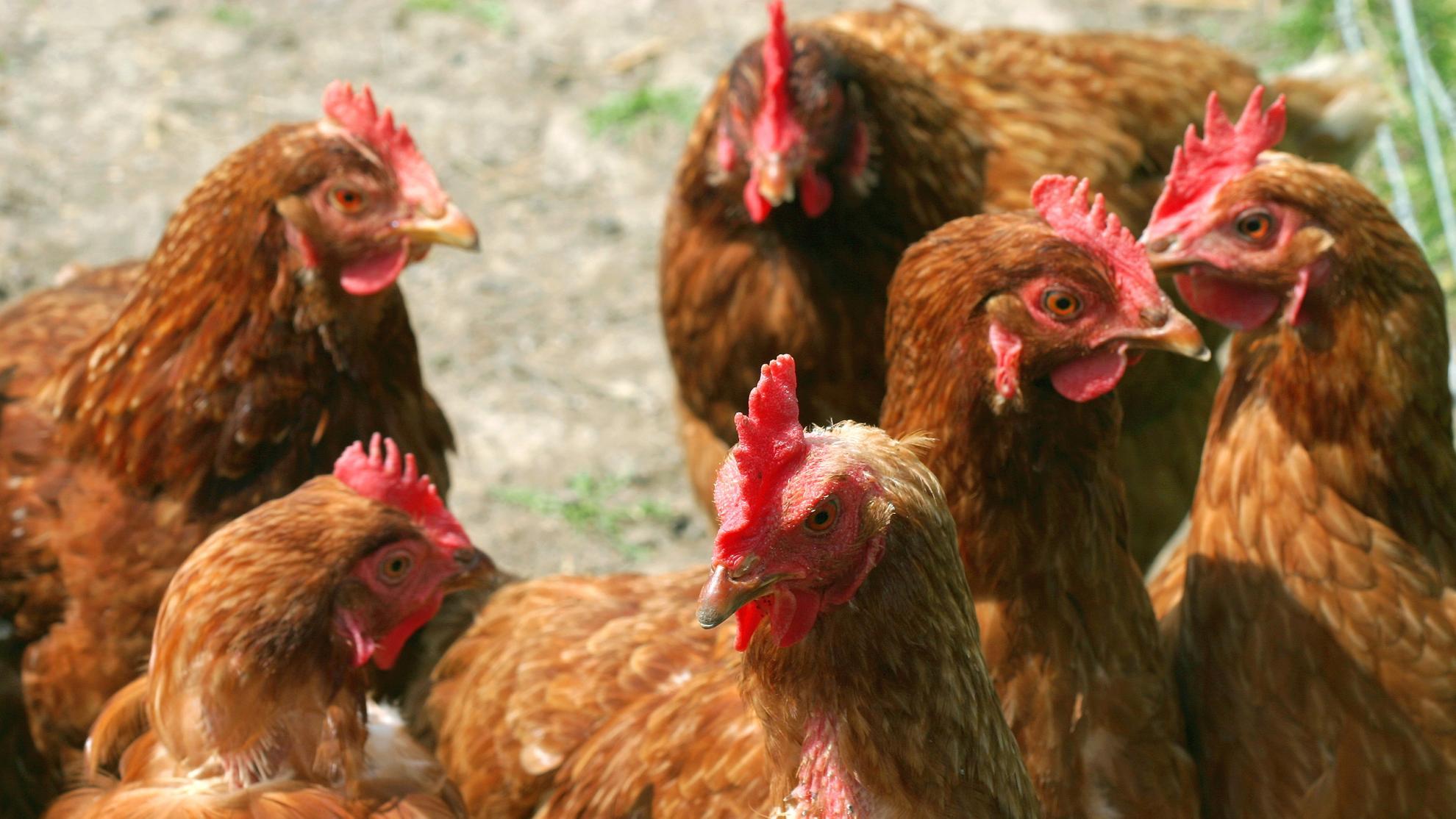A value chain approach to characterize the chicken sub-sector in Pakistan
The chicken industry of Pakistan is a major livestock sub-sector, playing a pivotal role in economic growth and rural development. This study aimed to characterize and map the structure of broiler and layer production systems, associated value chains, and chicken disease management in Pakistan. Qualitative data were collected in 23 key informant interviews and one focus group discussion on the types of production systems, inputs, outputs, value addition, market dynamics, and disease management. Quantitative data on proportions of commodity flows were also obtained. Value chain maps were generated to illustrate stakeholder groups and their linkages, as well as flows of birds and products. Thematic analysis was conducted to explain the functionality of the processes, governance, and disease management. Major chicken production systems were: (1) Environmentally controlled production (97–98%) and (2) Open-sided house production (2–3%). Broiler management systems were classified as (I) Independent broiler production; (II) Partially integrated broiler production; and (III) Fully integrated broiler production, accounting for 65–75, 15–20, and 10–15% of commercial broiler meat supply, respectively. The management systems for layers were classified as (I) Partially integrated layer production and (II) Independent layer production, accounting for 10 and 80–85% in the egg production, respectively. The share of backyard birds for meat and eggs was 10–15%. Independent, and integrated systems for chicken production could be categorized in terms of value chain management, dominance of actors, type of finished product and target customers involved. Integrated systems predominantly targeted high-income customers and used formal infrastructure. Numerous informal chains were identified in independent and some partially integrated systems, with middlemen playing a key role in the distribution of finished birds and eggs. Structural deficiencies in terms of poor farm management, lack of regulations for ensuring good farming practices and price fixing of products were key themes identified. Both private and public stakeholders were found to have essential roles in passive disease surveillance, strategy development and provision of health consultancies. This study provides a foundation for policy-makers and stakeholders to investigate disease transmission, its impact and control and the structural deficiencies identified could inform interventions to improve performance of the poultry sector in Pakistan.
